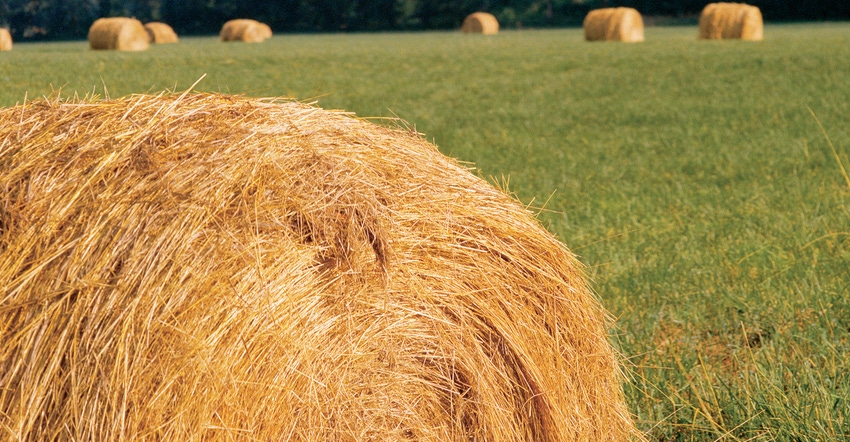April 25, 2017

By Rhonda McCurry
When I was young, my family had a cow named Lumpjaw. I can’t tell you what her registered name was or what bull she was out of, but this cow had a particular feature on her head that allowed us to affectionately call her this name.
We kept her for years. She was a good cow, minus the protruding lump on her face, but she was also kind of like the Elephant Man to us. It was clear that if we sent her to town, she’d be harvested, and I think Mom felt sorry for her and just didn’t want to send her ugly-headed cow to such an ugly death.
Just the other day Mom mentioned she was taking a bull to town, and I asked why. “He has lumpjaw,” Mom replied. She said she used him on as many of her own cows as needed, but it was just time for the bull to go.
So what causes lumpjaw? A K-State Research and Extension publication says cattle on wheat hay or ensilage that was cut after the flowering growth stage should be closely observed for development of actinomycosis, commonly known as big jaw or lumpy jaw. The problem occurs when tissues inside the mouth of cattle are punctured and become infected. A general Google search for “livestock/lumpjaw” will show that lumpy jaw is a bacterial infection of the jaw bone of cattle. It can affect either the lower or upper jaw, but it’s most commonly seen on the lower jaw in the area of the cheek teeth.
When bacteria infect the mouth of cattle, they seep through penetrating wounds in the cow’s mouth that are easily caused by wheat awns, wire, coarse forage or sticks. The infection becomes established within the jawbone of the animal and begins to cause a thickening of the bone and significant swelling. These lumps are hard and immovable and are attached directly to the jawbone.
Identifying that the lump is bony and attached to the bone of the jaw is the key to diagnosing lumpy jaw. In the later stages, the lumps become even more swollen and painful to the touch. They will eventually break open and discharge small amounts of pus.
The bony changes and swelling can affect the alignment of teeth or cause teeth to be lost as the disease progresses, which can make chewing difficult. If left long enough, the animal will begin to lose condition and become emaciated.
I suppose Mom and Dad knew some of this; after all, my dad was a veterinarian. Since he knew treatments were not available to effectively cure lumpjaw, Dad probably advised Mom to send our cow Lumpjaw to slaughter before she lost significant body condition. I know Mom didn’t listen. Lumpjaw died on the farm, and Mom buried her, as she does all of our cows.
A veterinarian may use intravenous sodium iodide or other injectable antibiotic therapies to attempt to slow the progression of the disease, but these therapies will not cure it.
Affected animals should be isolated to prevent contamination of feeding areas. K-State’s research article says actinomycosis is less likely when wheat is cut at young stages of maturity and when it is fed as ensilage rather than as hay.
It’s a disease that can be cornered by feeding good quality hay or silage and checking bales for trash, including wires and large sticks. Most ranchers don’t have time for the tedious work of checking bales for wires and sticks, but if they do happen to notice them, it would be a good idea to clean up what they can to avoid a disease like lumpjaw.
The bull Mom sold to town in April was a good one. He was sound, moderate-sized, thick and had a clean front end. He could have done a lot of good in a rancher’s herd if only he’d not had the deformity. Instead, he cleaned up a few cows for my herd, then was made into hamburger. I’ll think of him and the old cow we hung on to because of their ugliness, which is a sad thing to be remembered for.
McCurry writes from Colwich.
You May Also Like




